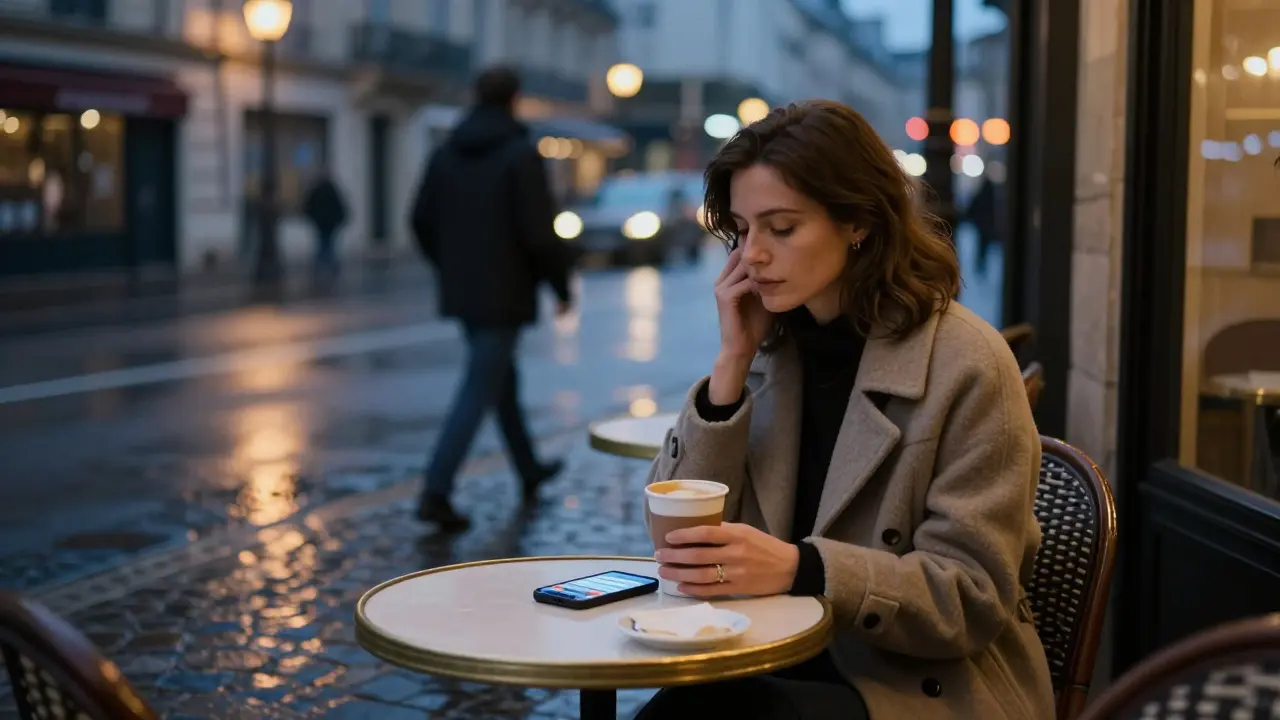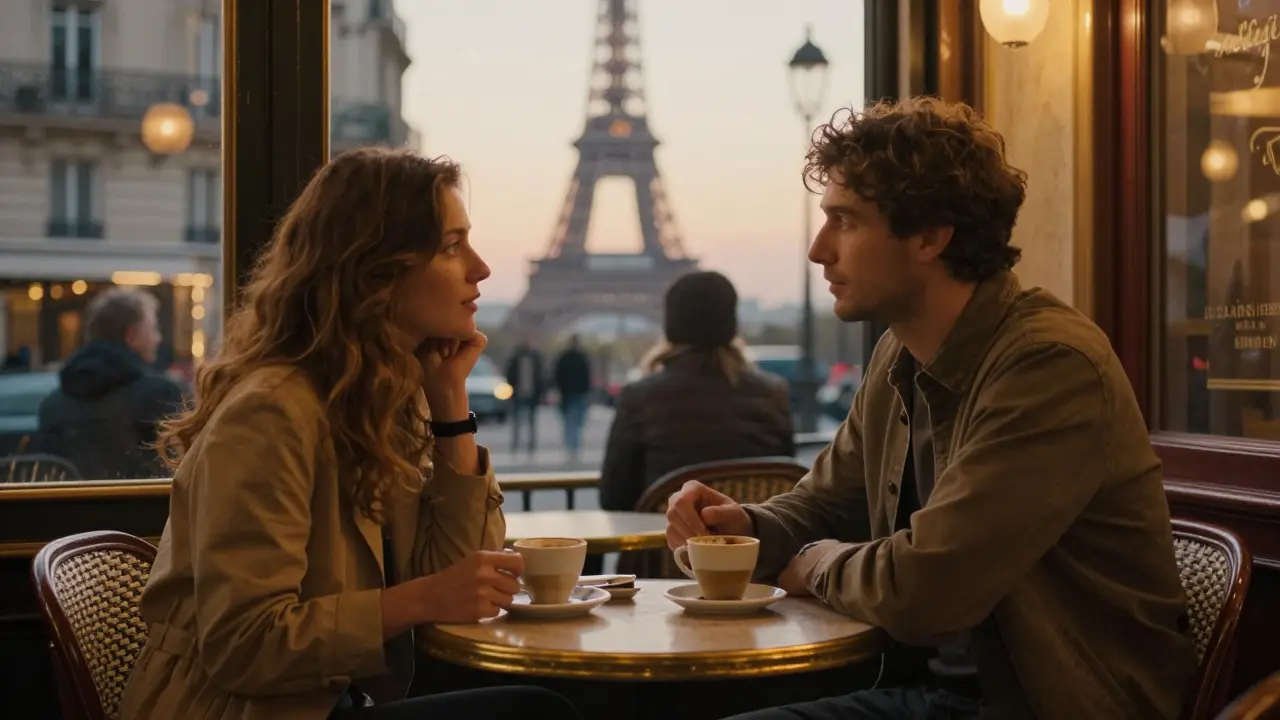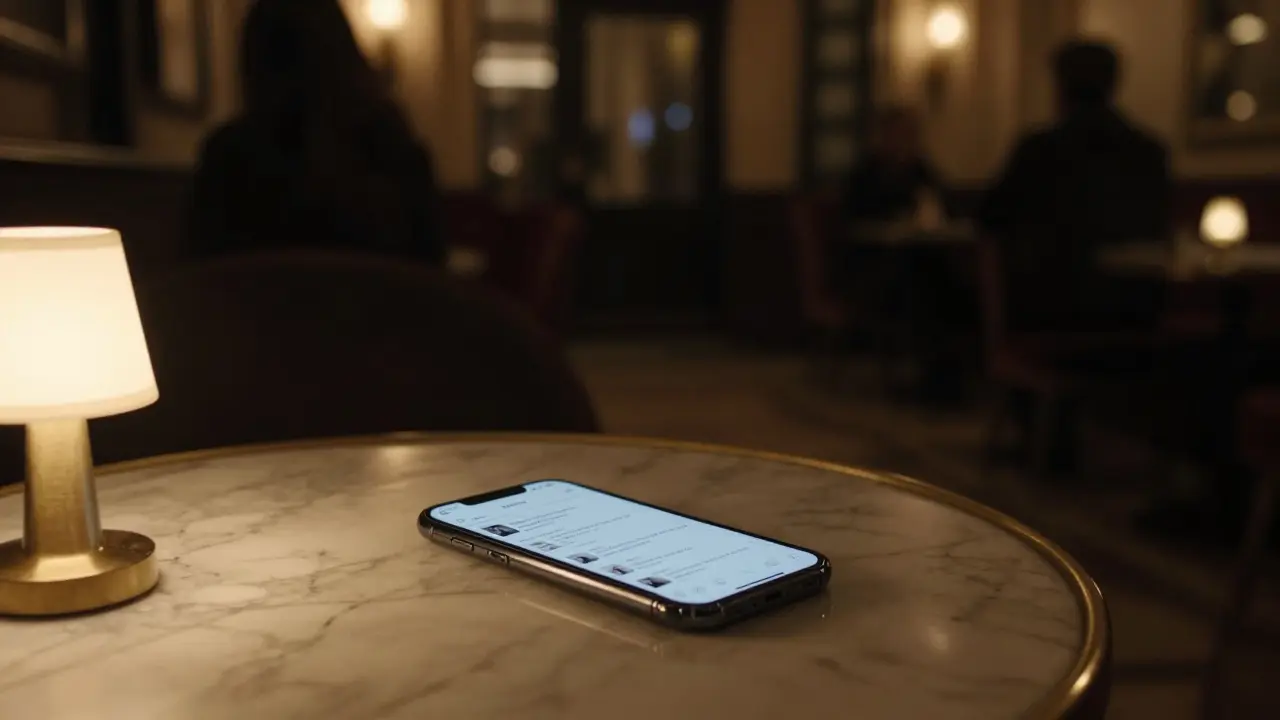Paris Escorts: Their Hidden Influence on Art and Literature
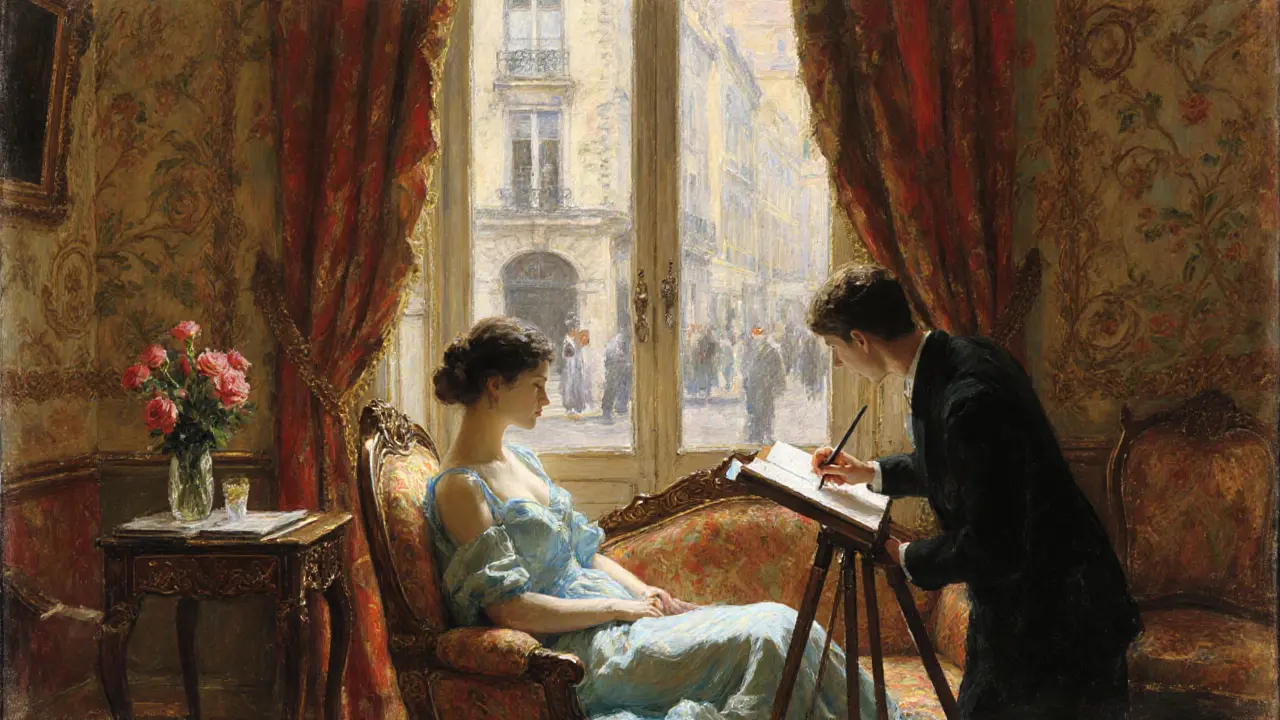
When you hear Paris escorts mentioned alongside famous painters and writers, you might picture a scandalous side street rather than a cultural catalyst. In reality, the world of escorting in Paris has woven itself into the very fabric of the city’s art and literature for more than a century.
Why the escort world matters to artists and writers
Artists thrive on fresh perspectives, and an escort’s daily encounters with diverse clients offered a backstage pass to society’s elite, the bohemian fringe, and the everyday passerby. Those conversations turned into muses, models, and even secret collaborators. The Paris escorts served as living snapshots of fashion, speech, and attitude that could be captured on canvas or in prose.
19th‑century foundations: From salons to the Boulevard Saint‑Germain
During the BelleÉpoque, many affluent gentlemen hired escorts not just for companionship but for their keen awareness of trends. This gave rise to informal salons where artists, critics, and patrons mingled. A notable example is Édouard Manet, who, according to letters preserved at the Musée d’Orsay, often visited the apartment of a well‑connected escort named Louise for quick sketches of Parisian fashion. These sketches later influenced his famous series "Olympia" and sparked debates about propriety and modernity.
Literary muses: GeorgeSand and OscarWilde’s Parisian interludes
When George Sand fled to Paris in 1844, she stayed at a boarding house run by a former escort who introduced her to the city’s avant‑garde circles. Sand’s novel "Consuelo" bears traces of these encounters, especially in the vivid descriptions of courtesan life.
Similarly, OscarWilde’s brief but intense stay in Paris in 1882 included evenings at the famed Café de Flore. There he met a charismatic escort, known to the literary world as “Mademoiselle L”, whose sharp wit inspired Wilde’s dialogue in "The Picture of Dorian Gray".
Montmartre, Moulin Rouge, and the visual boom
The bohemian district of Montmartre was a hotbed for both visual artists and the escort trade. Claude Monet frequented the same cafés as the courtesans who modeled for the painters of the Salon des Refusés. Their intimate knowledge of lighting on silk gowns and the subtleties of posture helped refine the Impressionists’ approach to movement and color.
At the Moulin Rouge, escorts doubled as performers and patrons, blurring the line between spectator and subject. The iconic poster by HenrideToulouse‑Laurent, with its bold, stylized dancers, was partially inspired by the flamboyant attire of high‑class escorts who attended the venue’s private parties.
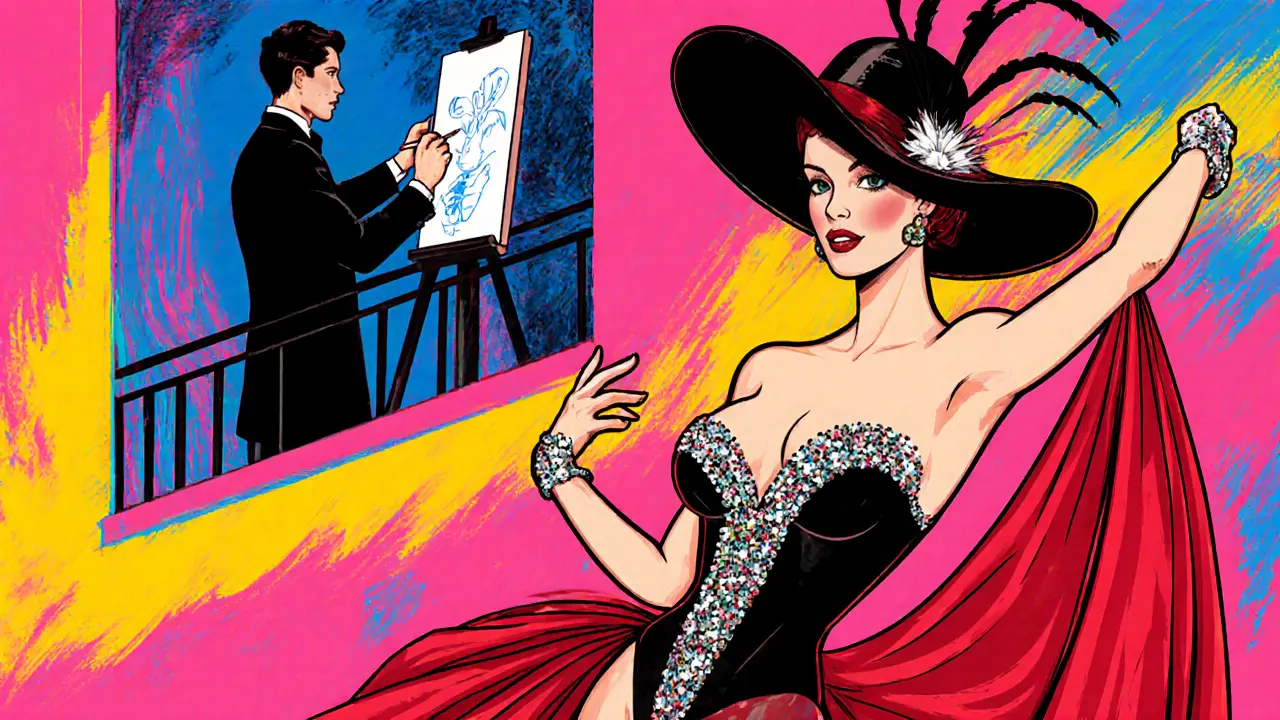
Middle‑century literary circles: MarcelProust and the hidden archive
MarcelProust’s monumental work, "In Search of Lost Time", contains a wealth of details about Parisian society that scholars attribute to his secret archive of interviews with escorts. In a 1913 diary entry, Proust wrote, "The most honest reflections on our times come from those who observe us from intimate angles". The nuanced descriptions of “the lady in the yellow silk dress” mirror real escort clientele documented in the archives of the Maison de la BelleÉpoque.
20th‑century evolution: From wartime shadows to modern media
World WarII reshaped the escort industry. The German occupation forced many escorts into clandestine roles, acting as couriers for Resistance messages. Post‑war, the rise of cinema and photography turned escorts into on‑screen icons. The 1950s film "Les Vignes de l’Amour" cast a former escort as the lead, illustrating how the profession entered mainstream cultural narratives.
By the 1990s, the emergence of the internet opened new platforms. Blogs and early chat rooms allowed escorts to self‑publish poetry and artwork, further blurring artistic boundaries. Contemporary Parisian writer Camille Dubois credits an online community of escorts for inspiring her debut novel "Neon Velvet".
Comparison table: Influence of escorts across two centuries
| Aspect | 19thCentury | 20thCentury |
|---|---|---|
| Primary artistic medium | Painting &Literature | Film, Photography &Digital Media |
| Typical venues | Salons, cafés, private apartments | Nightclubs, studios, online platforms |
| Notable collaborators | Manet, Monet, Sand, Wilde | Prouse (archival sources), French New Wave directors, contemporary novelist Camille Dubois |
| Social perception | Underground but fashionable | Gradual mainstream acceptance, legal regulation |
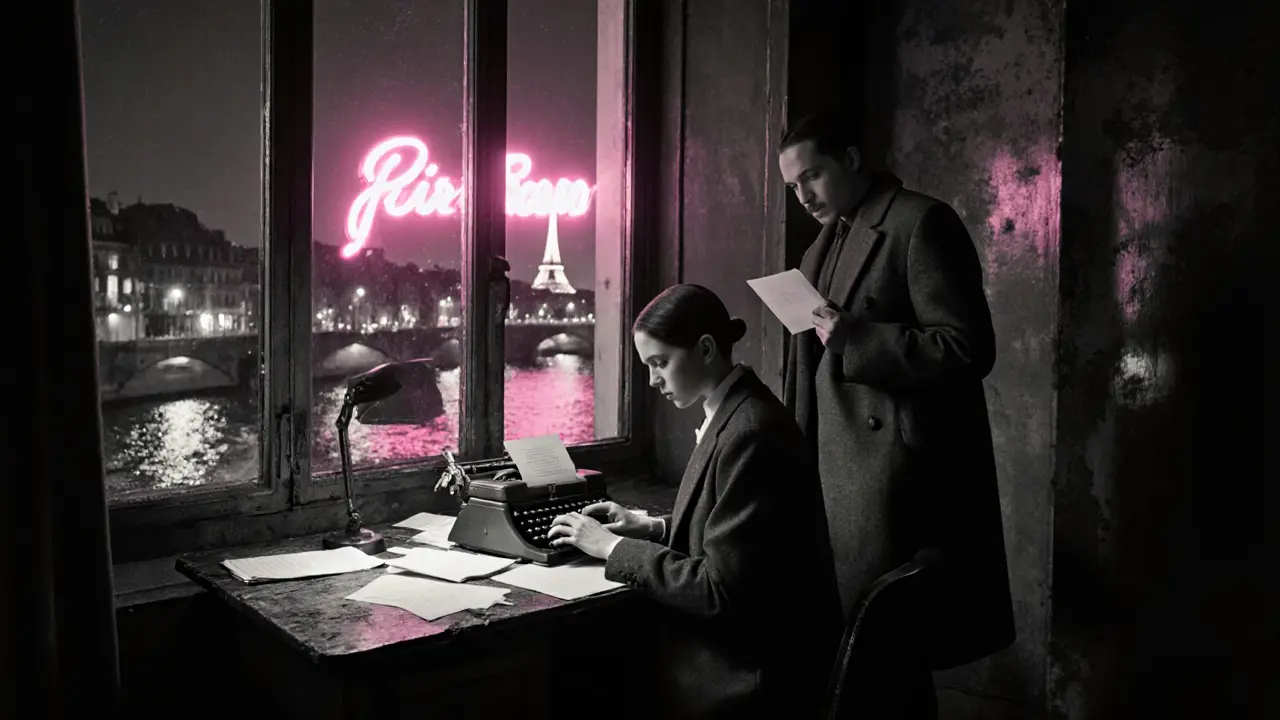
How to research the escort‑art nexus
- Visit the archives at the Bibliothèque nationale de France - look for diary entries of artists that mention "companions" or "courtesans".
- Explore the Musée d’Orsay’s digital collection - many sketches are attributed to unnamed models who were likely escorts.
- Read memoirs of writers like MarcelProust and GeorgeSand for first‑hand anecdotes.
- Check court records from the BelleÉpoque; they often list names of escorts involved in high‑profile cases.
- Follow contemporary blogs and social media groups where modern escorts share artistic projects.
Key takeaways
- Escorts provided artists with direct access to evolving fashion, speech, and social attitudes.
- Major 19th‑century painters and writers cited escorts as muses or collaborators.
- Their role shifted with technology, moving from live salons to digital collaborations in the 20thcentury.
- Researching this hidden influence requires cross‑disciplinary sources: art archives, literary memoirs, and legal documents.
Frequently Asked Questions
Did escorts actually model for famous paintings?
Yes. Artists like ÉdouardManet and ClaudeMonet frequently hired escorts as live models because they were accustomed to posing and represented the latest fashions of the day.
How did the French legal system affect the escort‑art relationship?
During the 19thcentury, prostitution was regulated under the "reglementation" system, which required health checks but allowed escorts to socialize openly in artistic circles. Post‑WorldII reforms gradually criminalized certain aspects, shifting the relationship toward underground collaborations.
Which literary works directly reference Paris escorts?
GeorgeSand’s "Consuelo", OscarWilde’s essays on Parisian society, and MarcelProust’s detailed passages in "In Search of Lost Time" all contain characters or scenes inspired by real escorts.
Are there modern examples of escorts influencing art?
Yes. Contemporary photographers and writers collaborate with escorts who bring unique aesthetic perspectives. The novel "Neon Velvet" by Camille Dubois is a recent literary example.
Where can I find primary sources on this topic?
Start with the archives of the Bibliothèque nationale de France, the Musée d’Orsay’s artist correspondence collections, and court records from the 1800s‑1900s available at the Archives de Paris.

